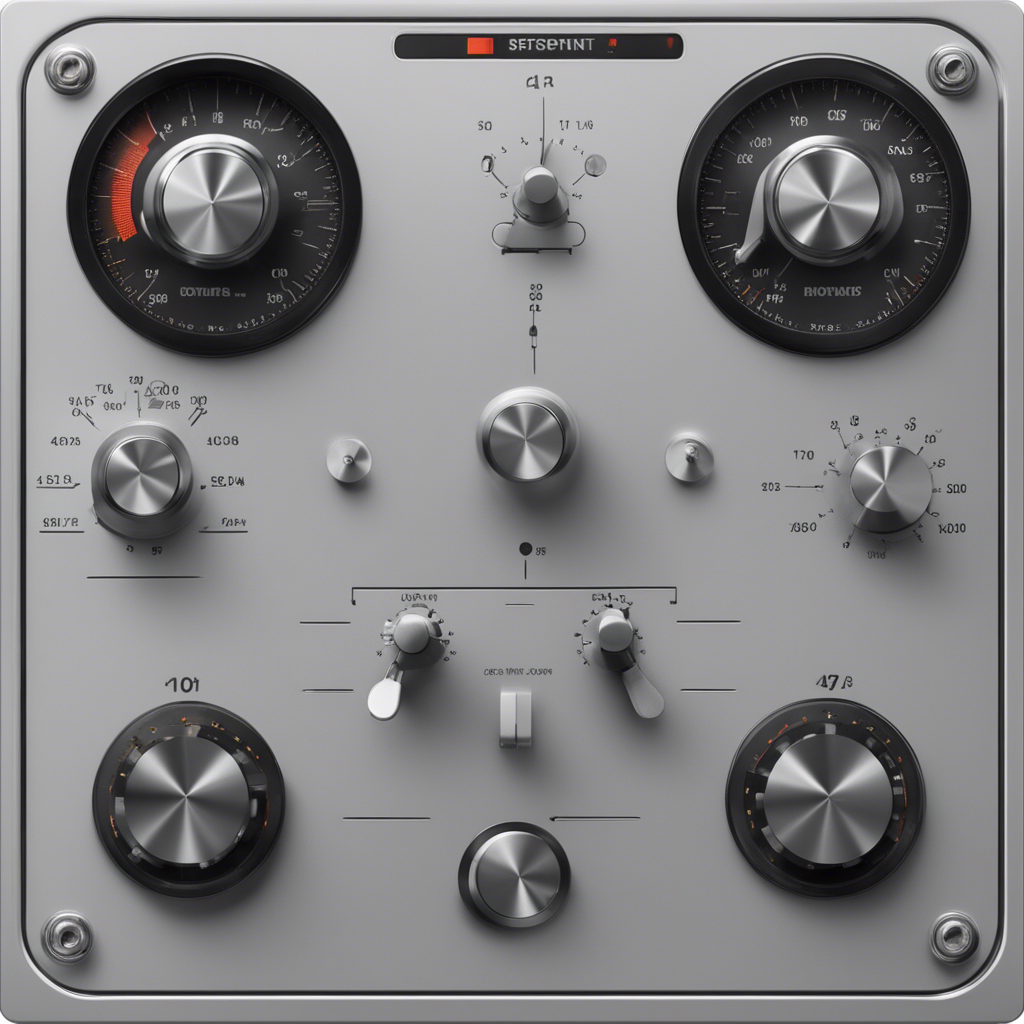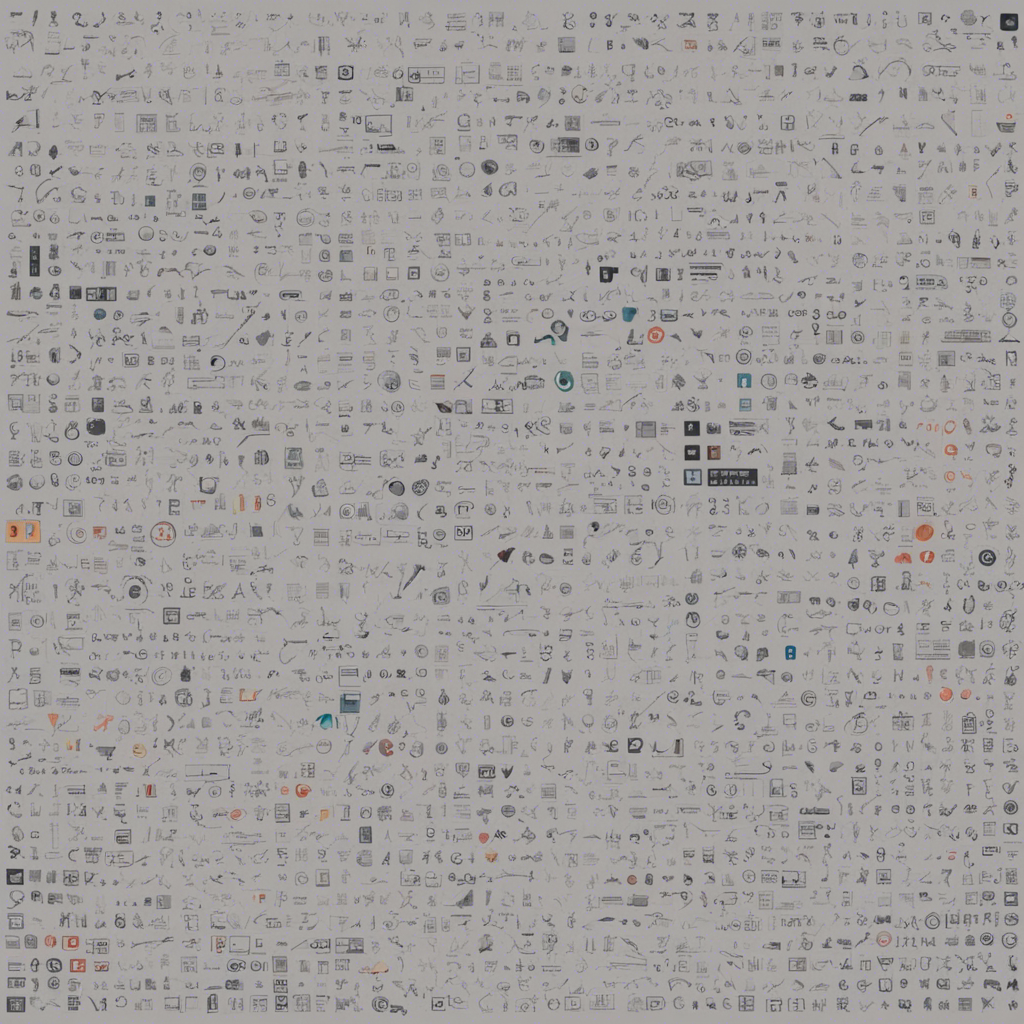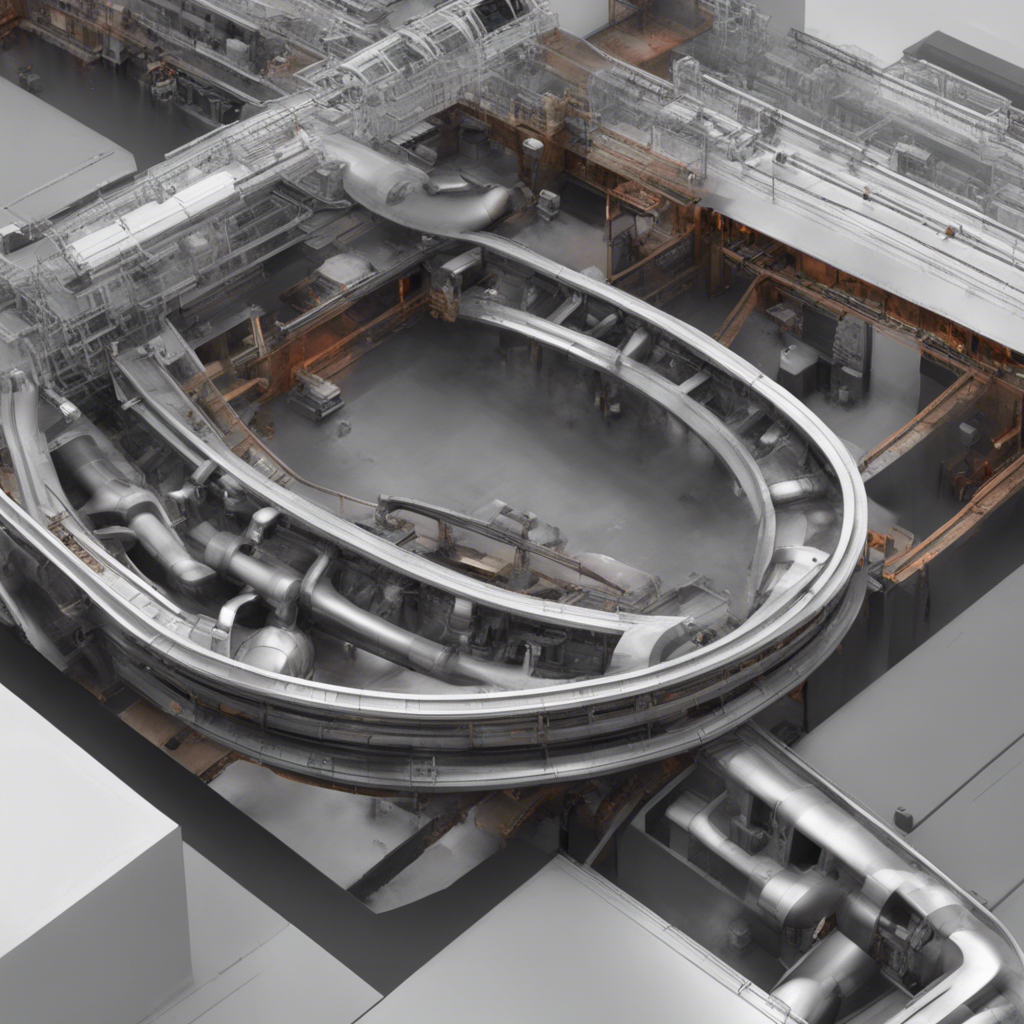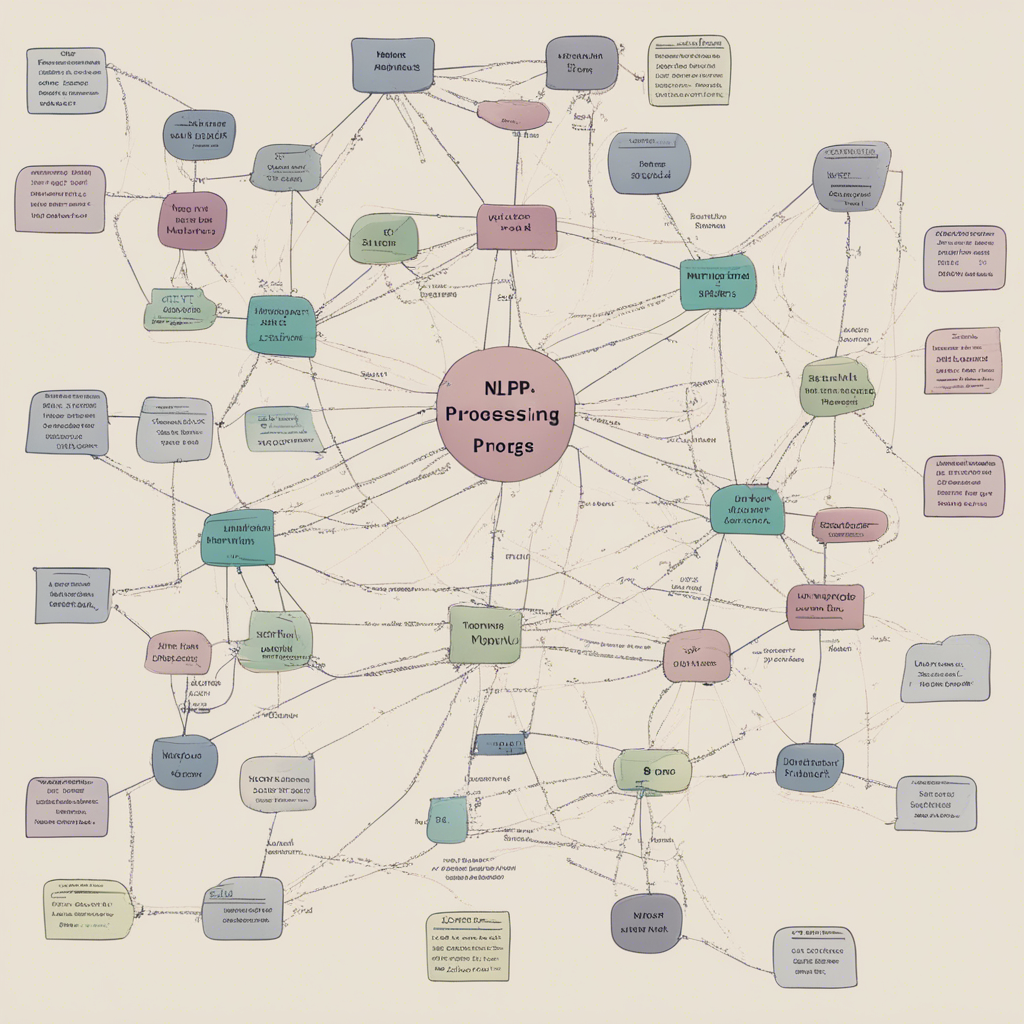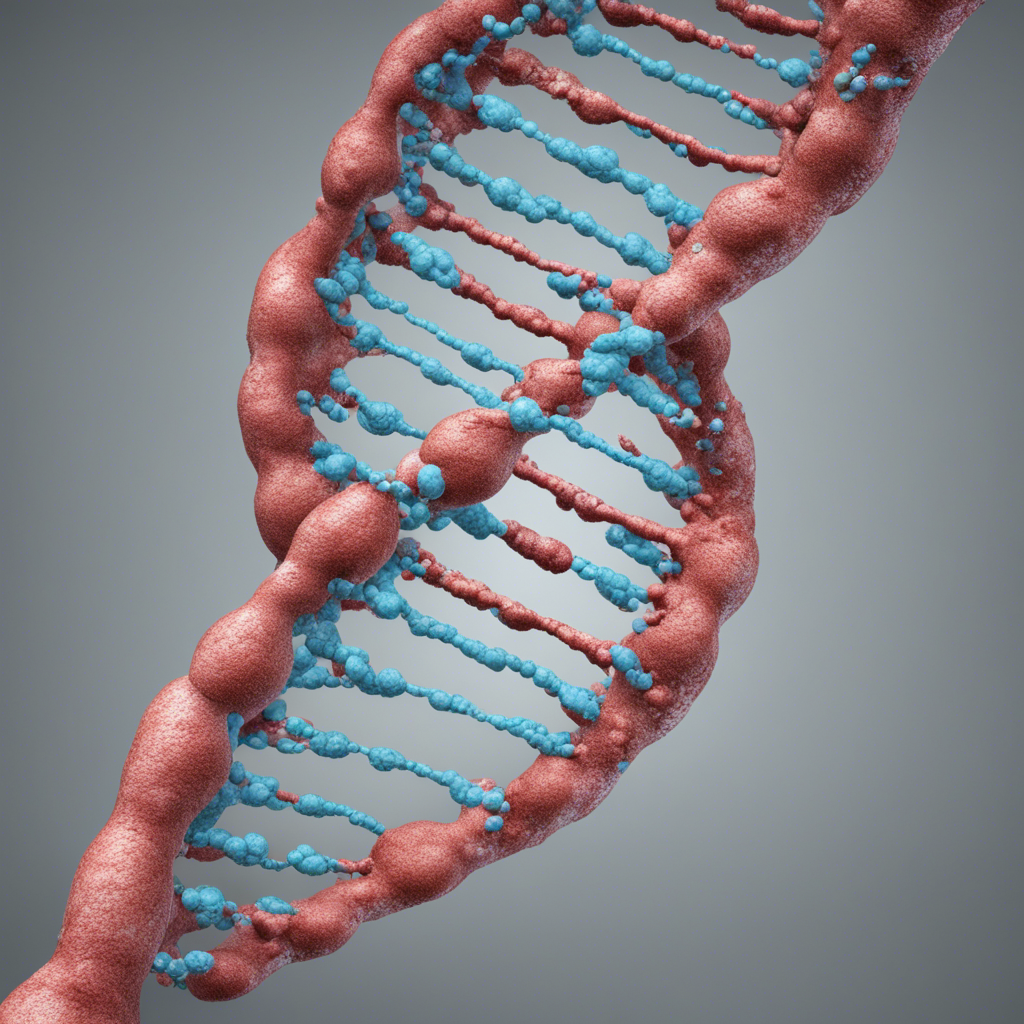
10 Innovative Applications of Computer Vision
Computer vision is a rapidly evolving field that has the potential to transform a wide range of industries and sectors. With advancements in machine learning, deep learning, and the availability of large datasets, computer vision algorithms are now capable of accurately analyzing and interpreting visual information. From healthcare to autonomous vehicles, let’s explore ten innovative applications of computer vision that are revolutionizing various sectors.
1. Object Recognition and Classification
Computer vision algorithms are now capable of identifying and classifying objects within images or video frames. This technology is widely used in retail, where it enables automated inventory management, facial recognition for personalized customer experience, and advanced surveillance systems.
For example, Amazon Go stores use computer vision algorithms to track the items customers pick up and charge them automatically as they leave the store. This eliminates the need for conventional checkout systems, making shopping more convenient for users.
2. Autonomous Vehicles
Autonomous vehicles heavily rely on computer vision systems to perceive and analyze their surroundings. Cameras mounted on the vehicle capture real-time images, which are then processed by computer vision algorithms to detect objects, track their movements, and navigate safely on the road.
Companies like Tesla and Waymo have made significant advancements in autonomous driving technology, with computer vision playing a crucial role in enabling safe and efficient self-driving cars.
3. Medical Imaging and Diagnostics
Computer vision is transforming the field of medical imaging and diagnostics. Algorithms can analyze medical images such as X-rays, MRIs, and CT scans to detect diseases, identify anomalies, and assist doctors in making diagnoses.
For instance, researchers from Google have developed an algorithm that can detect diabetic retinopathy by analyzing retinal images. This technology has the potential to help diagnose and manage eye diseases more effectively, especially in regions with limited access to ophthalmologists.
4. Augmented Reality (AR) and Virtual Reality (VR)
Computer vision is a fundamental component of augmented reality and virtual reality experiences. By accurately tracking the position and movements of users, computer vision systems enable realistic virtual overlays or interactions with the real world.
Applications of AR and VR range from immersive gaming experiences to advanced training simulations in industries such as aerospace, healthcare, and military.
5. Robotics and Industrial Automation
In robotics and industrial automation, computer vision is used to provide machines with visual perception capabilities. Robots equipped with computer vision algorithms can detect objects, navigate complex environments, and perform tasks with high accuracy.
For example, in manufacturing industries, computer vision systems can inspect products for defects, guide robotic arms for precise assembly, and monitor production lines for quality control.
6. Surveillance and Security
Computer vision has revolutionized surveillance systems and enhanced security measures. Intelligent video surveillance systems powered by computer vision algorithms can detect and track suspicious activities, monitor crowds for public safety, and identify individuals in real-time.
One notable example is the use of computer vision in airports, where it helps authorities identify potential threats or suspicious behaviors, improving overall security for travelers.
7. Agriculture and Food Processing
Computer vision has found its way into agriculture and food processing, improving efficiency and quality control. By analyzing satellite imagery, drones equipped with computer vision systems can monitor crop health, detect diseases, and optimize irrigation and fertilization processes.
In food processing, computer vision can assess quality attributes such as color, size, and shape, improving sorting and grading processes for fruits, vegetables, and other food products.
8. Retail Analytics
Computer vision technology is transforming retail analytics by providing actionable insights into customer behavior and preferences. Systems equipped with computer vision algorithms can analyze customer demographics, track movement within stores, and detect buying patterns.
These insights help retailers optimize store layouts, tailor marketing strategies, and personalize customer experiences. For instance, computer vision-powered smart mirrors in clothing stores can suggest matching accessories or items based on what customers are trying on.
9. Environmental Monitoring
Computer vision can play a crucial role in environmental monitoring, such as wildlife conservation and habitat management. By analyzing camera trap images or satellite imagery, computer vision algorithms can automatically identify and track species populations, detect illegal activities, and monitor changes in ecosystems.
This technology enables more efficient wildlife conservation efforts and helps protect endangered species and their habitats.
10. Accessibility and Assistive Technology
Computer vision technology can enhance accessibility and assistive devices for individuals with disabilities. By analyzing visual information, computer vision algorithms can enable real-time object recognition, facial expression detection, and text-to-speech capabilities, among others.
These applications can significantly improve the quality of life for individuals with visual impairments, language disorders, or mobility limitations.
Conclusion
Computer vision technology is rapidly advancing, opening up new possibilities and transforming various industries. From object recognition and autonomous vehicles to medical diagnostics and accessibility solutions, the applications of computer vision are vast and innovative.
As technology continues to evolve and algorithms become more accurate and efficient, we can expect even more groundbreaking applications of computer vision that will shape our future. Stay updated with the latest developments in this field to witness the exciting advancements that lie ahead.
References:
- Scientific American. (2016). “How Deep Learning Works in Diagnostics”. Link
- The Verge. (2020). “Amazon Go: no checkouts, no queues, just grab and go”. Link
- TED. (2016). “Meet Waymo, the self-driving car company from Google”. Link
- Nature Medicine. (2018). “Identifying medical diagnoses and treatable diseases by image-based deep learning”. Link
- Wired. (2019). “Computer Vision Is Transforming Sports in Surprising, Even Insane Ways”. Link
- International Journal of Advanced Robotic Systems. (2017). “Visual Object Recognition in Robots”. Link
- European Union Agency for Cybersecurity. (2019). “Surveillance cameras: benefits and risks for public security”. Link
- IEEE Xplore. (2019). “Computer Vision for Agriculture: A Review”. Link
- MIT Technology Review. (2019). “Your Local Supermarket, Revamped by AI”. Link
- Science Direct. (2021). “Computer Vision for Wildlife Conservation”. Link
- Cornell University. (2019). “Techniques for Object Recognition from Satellite Images”. Link
- Microsoft Research. (2016). “Computer Vision in Assistive Technology”. Link

